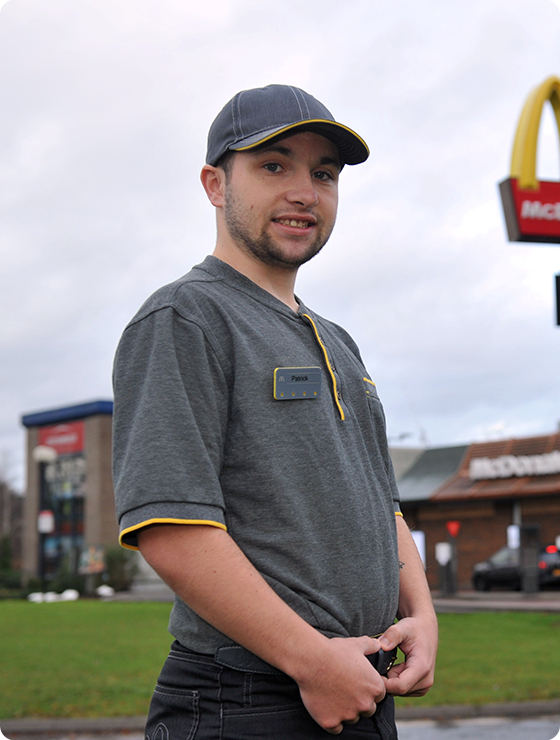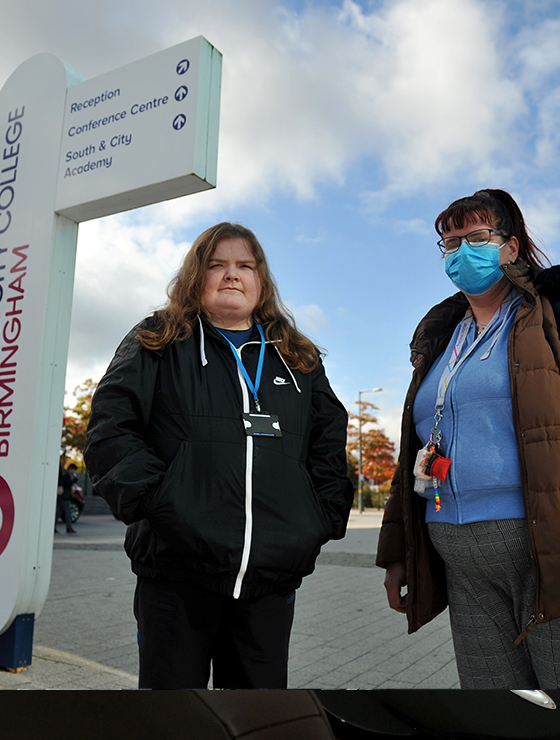Transition planning
Precious’ robust transition process ensures continuity of care and delivers the best possible support and outcomes for every individual.

Right time, right place, right support
Timely and safe transitions of care are vital to ensuring people receive the support they require, in the right place and at the right time.
Well-managed transitions between care settings provide continuity of care, reduce stress and ultimately deliver the best possible support and outcomes for every individual. Our teams work closely with the people requiring support, previous care providers, families and professionals to ensure that the move to a new home goes as smoothly as possible.

Our transition process
Naturally, something as stressful as a move can cause stress. If not managed effectively, this can exacerbate issues, anxieties and behaviours. If the transition handover has been robust and detailed, the new service provider will be able to use known strategies to help. We work hard to ensure collaboration between old and new service providers to ensure that the transition process is as detailed and successful as possible.
Transition planning
Wherever possible, we plan a transition ahead of time. Moving house can be very stressful, especially for autistic people or those who struggle with transitions between different settings. Planning ahead of time allows those involved to gather and share information, build relationships, arrange visits to build familiarity and ensure that the person in transition knows what to expect.
Assessment and audits
Part of preparing for a move is taking the time to undertake a full assessment of current and future needs as well as update support plans and review individual goals and aspirations. We work with the current/former care team to ensure that all assessments, review reports, support notes and history are as comprehensive as possible. Wherever possible, this will include information such as likes and dislikes, typical days, favourite activities, communication styles etc. Gathering this information from existing support teams and professionals helps to ensure that needs are met and reduces the likelihood and negative impact of failed placements.
Parallel care
Where possible, we try to arrange a period of overlap between the current care providers and the move to Precious. While this isn’t always a feasible option, ensuring that the person in transition has ample opportunity to meet and build a relationship with the new team is vital. This would usually include visits and calls to get to know one another, but may also include video tours of the new home or skype/zoom calls to build familiarity and reduce anxiety.
Building familiarity
For those who thrive on routine, a move can be especially disconcerting. At a time of heightened anxiety, increasing familiarity and reducing stress is key.
Rituals
We work hard to understand rituals and routines and make sure that they are continued with the move to the new setting. We find that maintaining an element of predictability can be comforting and can help reduce the likelihood of anxiety during an uncertain time.
Visiting
As well as increasing familiarity with the inside of the new home, visiting local amenities and engaging in activities throughout the transition period is also a good way for the person to become familiar with the local areas.
Visiting
Environment
Wherever possible, we will adapt the new environment to be similar to the current one. Often the opportunity to bring personal items throughout the transition period to leave in the new home can help people adjust to their move as well as provide ownership of their new environment.
Sensory items


Nicole
